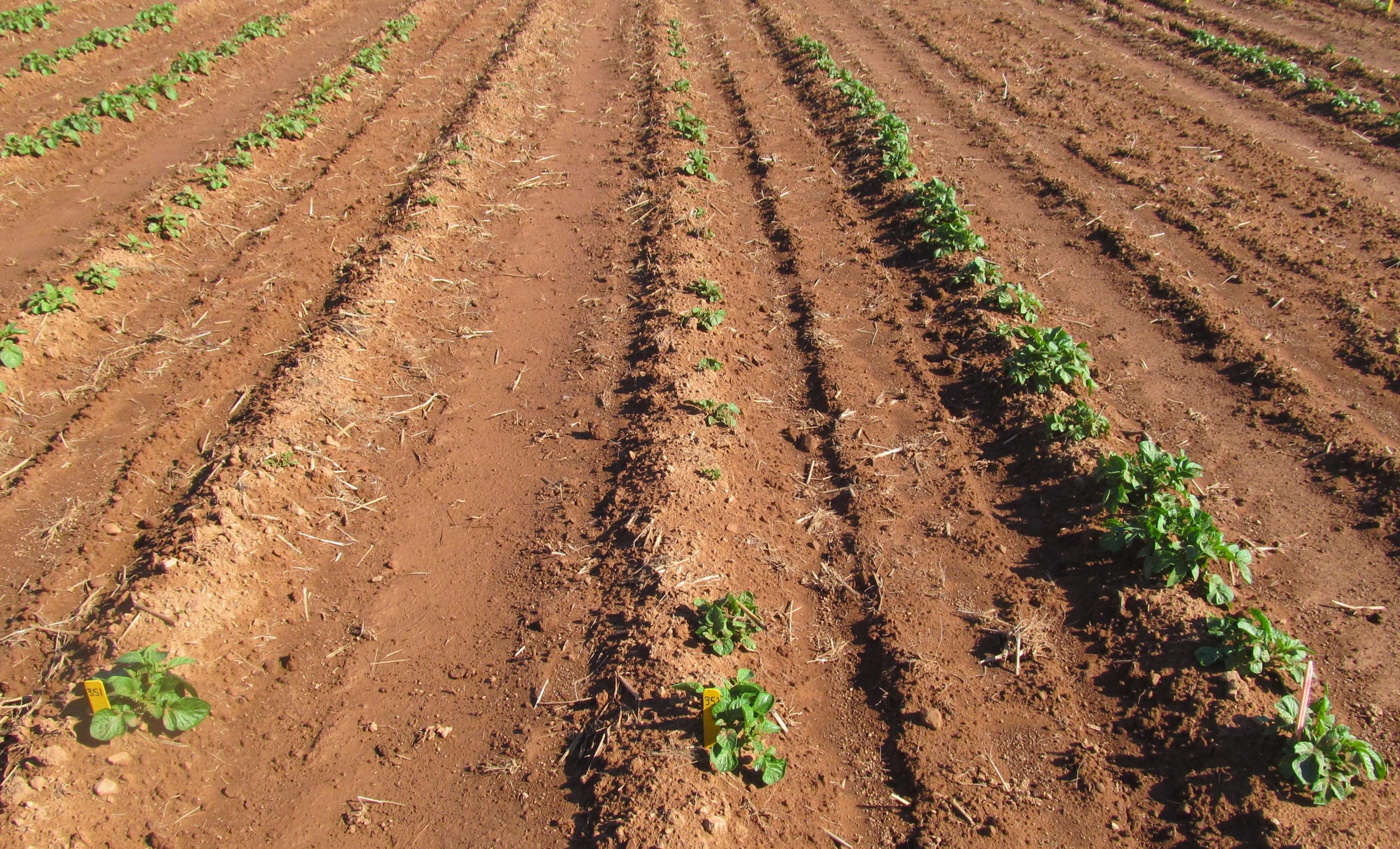
19 Jun Agronomy Update – June 19th
Hi everyone,
It was another cool and damp weekend in PEI, and I know that folks are working hard to get hilling and weed management looked after. Emergence has been slow, but a lot of fields are fully emerged now. After a very dry April and May, most of the province has now received between 100-150 mm of rain in the last 30 days. Some sun and warmth this week will speed things along.
Seed Emergence: Checking for Issues
If you are experiencing any issues with seed emergence and you’re looking for a good resource to help narrow down what might be at the root of those issues (pardon the pun), Andy Robinson of NDSU (along with some collaborators across the continent) has developed a good factsheet, complete with photos of common emergence issues. It is available on our agronomy website here as a PDF.
If you are looking for additional help in diagnosing an issue with emergence, please feel free to give me a call. Growers can also submit samples to Marleen Clark at the Plant Pathology Lab at the PEI Analytical Lab for disease testing. Samples can be dropped off at your local Access PEI location to come to the lab. Check out their website for details on how to submit samples and for relevant forms.
PVY: Controlling the Spread in a High Inoculum Environment
2022 was a challenging year for PVY, due in large part to high numbers of green peach aphids in late August and early September. Particularly in certain varieties, there were a lot of seed lots that didn’t pass with high PVY levels.
Back in February, we invited Mathuresh Singh of the ACS Lab at Potatoes New Brunswick to share an update on PVY management and research, as New Brunswick was faced with very similar circumstances last year. That presentation is available on the Agronomy Site and his presentation is also available as a SpudChat podcast.
Mathuresh, Tyler MacKenzie of ACS, and myself worked this spring to update the PVY management factsheet that we developed a few years ago to include some of the newest developments in tracking and managing this seed-borne disease. That factsheet is available here.
Take home messages to minimize PVY spread:
- Plant certified seed with the lowest PVY virus level possible.
- Weekly application of at least 2L per acre of mineral oil from soon after emergence until shortly before top-kill.
- Time planting, spraying and top-kill to most effectively protect against aphids.
- Early rogueing to reduce inoculum
- Where possible, keeping seed fields away from source of high inoculum (ie. commercial fields)
- Diversify your insecticide products to protect against insecticide resistance, especially for green peach aphids
Last Call for Research Project Interest:
I am still looking for a farm or two that would be interested in investigating the role of fall cover crops and/or tillage frequency/practices over a 4 to 5 year period on soil organic matter, soil health, and potato yield and quality. Ideally, we would identify a field scheduled for potatoes in 2024 and 2027. Depending on the research interests of the producer, this research will be done as part of either the National Potato Research Cluster’s Soil Health project, or under the new Living Labs project. I have budgeted for some grower compensation as part of this project, and your farm will also get soil and SWAT mapping results. Please contact me for more details and to discuss if this might be of interest for your farm.
Have a great rest of the week…hopefully with some more warmth!
Ryan
